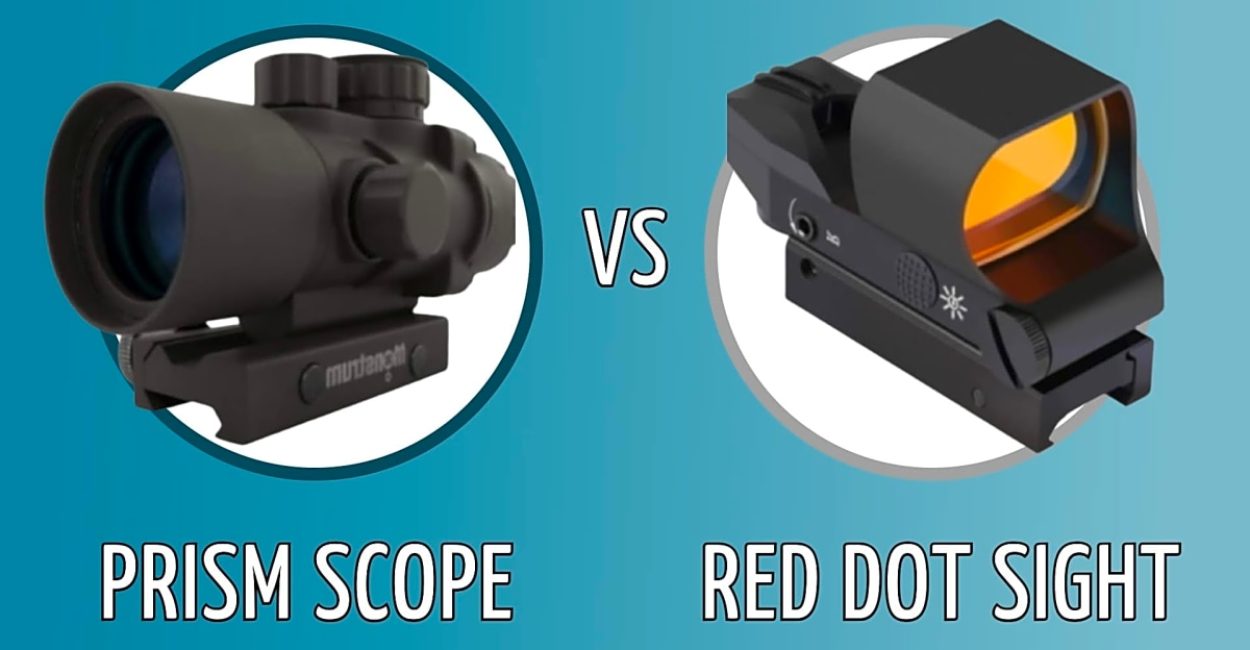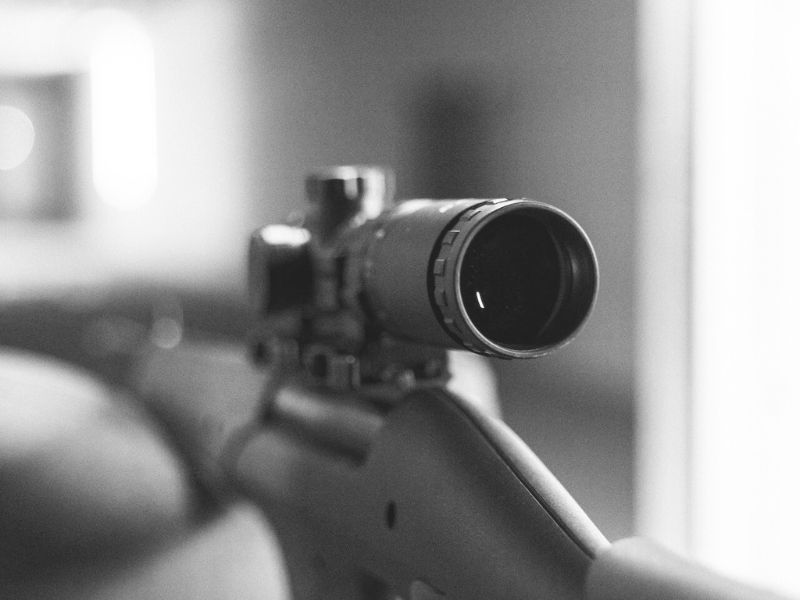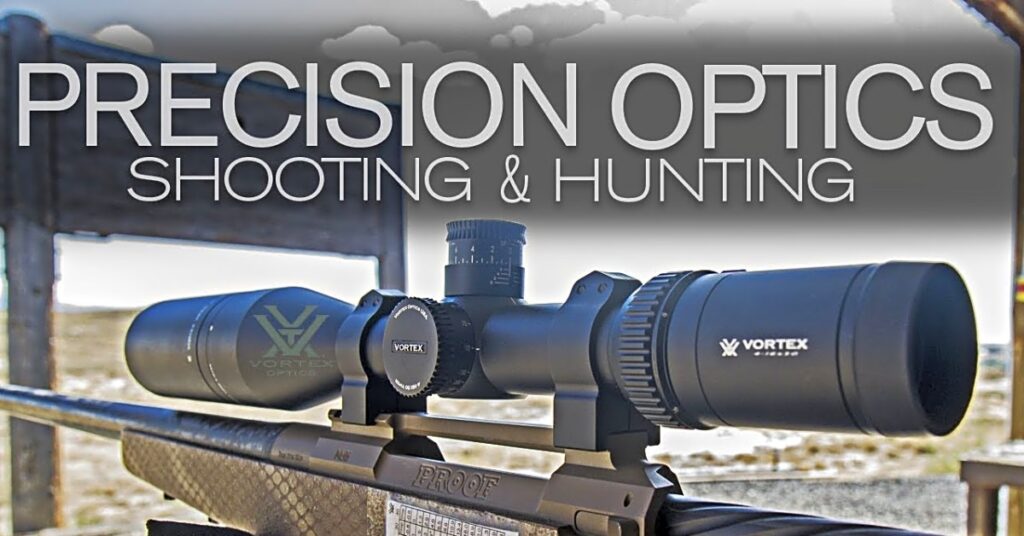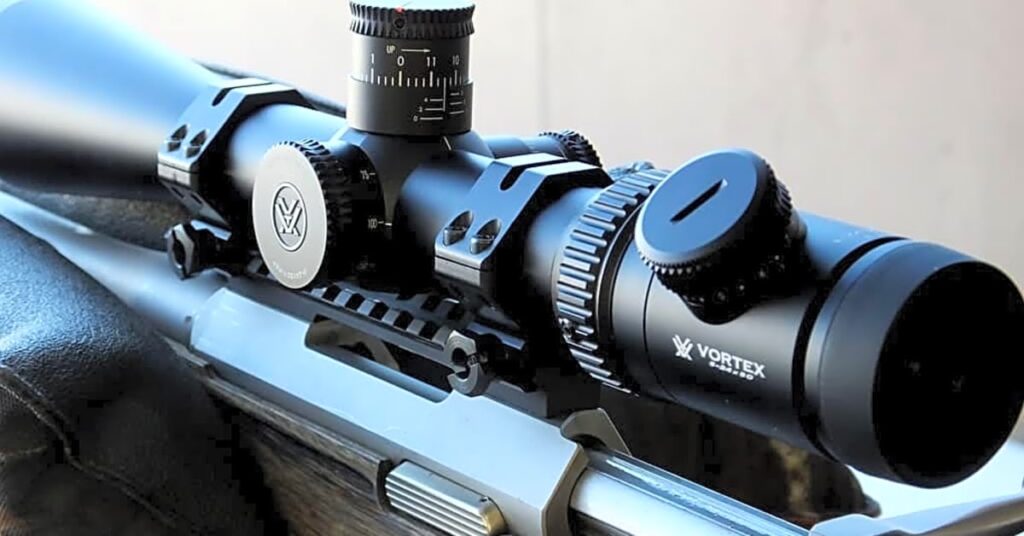Scopes are separate devices that are mounted on a firearm.. They use lenses to magnify that . First, we’ll talk about what all areas have in common. They use lenses to magnify the shooter’s vision, just like a telescope, microscope, or magnifying glass.
They give the shooter a sharper view and a better ability to see and aim at a distant target.. There are different terminologies when it comes to red dot sights.. A sight is an optical without magnification, while a rifle scope is an optical with magnification.. But the word scope is often used in place of the word sight in the US..
So it’s not unusual to see the red dot areas of terminology. A rifle scope, commonly informally called a rifle scope, is an optical sighting device based on a refracting telescope. It is equipped with a form of reference pattern—known as reticule—that is mounted at a focally suitable position in its optical system to provide an accurate target point.. Scopes are used in all types of systems that require magnification in addition to reliable visual aiming, as opposed to non-magnifying iron sights, reflector (reflex) sights, holographic sights or laser sights. They are most commonly used on long guns, especially rifles Scope mount.
The optical components can be combined with optoelectronics to form a digital night vision device or an intelligent rifle scope.. Low-magnification variable zoom riflescopes (1—4×, 1—6×, 1—8×, or even 1—10×) are referred to as variable optics or low-power LPVOs. These riflescopes are often equipped with built-in reticle lighting and can be selected down to 1x magnification. Because low magnifications are mostly used near and mid-range, LPVOs typically have no parallax compensation (although some rare models do) and are completely cylindrical in front of the eyepiece, as image illuminance is often sufficient without an enlarged lens bell improvement of light is needed. gathering.
Most LPVOs have reticles mounted in the second focal plane, but recently first focal plane LPVOs have become popular, especially those with high zoom ratios above 6×. A rifle scope can have multiple adjustment controls. All scopes have the first three adjustment elements (diopters, altitude, air resistance), and the fourth (magnification) control is offered for variable power riflescopes. The remaining two adjustments are optional and usually only found on high-end models with additional features.
Telescopic sights come with a variety of reticles, from simple reticle to complex reticles that allow the shooter to reach a target to compensate for bullet drop and air resistance required by crosswinds. A user can estimate the range to objects of known size and the size of objects at known distances and can even roughly compensate both projectile drops and wind drifts in known areas with a telescopic sight equipped with a reticle.. Many modern reticles are designed for (stadiametric) distance measurement. Perhaps the most popular and well-known distance reticle is the mil-dot reticle, which consists of a duplex reticle with small dots that mark each milliradian (or mil) from the center.
An alternative variant uses vertical hash lines instead of points and is known as a mil hash reticle. Such graded reticles, along with those with MOA-based steps, are collectively and unofficially called milling reticles and have found significant acceptance in NATO and other military and law enforcement organizations.. The main disadvantage of SFP designs is the use of reticle for distance measurement like Mil-Dot.. Since the ratio between the reticle and the target depends on the selected magnification, such reticles only work flawlessly at one magnification level, typically the highest power.
Some long-range shooters and military snipers use fixed-power riflescopes to eliminate this potential for failure.. Some SFP riflescopes take advantage of this aspect by allowing the shooter to adjust the magnification until the target fits into the reticle in a certain way and then extrapolates the range based on power adjustment.. Some Leupold hunting scopes with duplex reticles allow you to estimate the range of a whitetail deer buck by adjusting the magnification until the area between the backbone and chestpiece fits between the reticle and the thick upper posts of the reticle.. Once this is done, the area is read off the scale printed on the magnification setting ring.
Any type of reticle can be illuminated for use in low light conditions or during the day. For any illuminated reticle in low light conditions, it is important that the brightness can be adjusted. Too bright reticle will cause glare to the operator’s eye and impair their ability to see in low light conditions. This is because the pupil of the human eye closes quickly when a light source is received..
Most illuminated reticles offer adjustable brightness settings to precisely adjust the reticle to ambient light. Radioactive isotopes can also be used as a light source to provide an illuminated reticle for aiming in low light conditions. Sights such as SUSAT or Elcan C79 Optical Sight use tritium-illuminated reticles to aim in low light conditions.. Trijicon Corporation uses tritium in its combat and hunting weapon optics, including the ACOG.
The (radioactive) tritium light source must be replaced every 8-12 years as it gradually loses its brightness due to radioactive decay. With fiber optic environment (day), light can be collected and directed to an illuminated day reticle. Fiber optic reticle automatically interacts with the ambient light level, which determines the brightness of the reticle. Trijicon uses fiber in combination with other low-light lighting methods in its AccuPoint scopes and some of its ACOG sight models..
Since very few firearms are equipped with factory-built scopes (exceptions are Steyr AUG, SAR 21, and H%26K G36), mounting a separately purchased scope on a firearm requires additional accessories. A typical scope mounting system consists of two parts, the scope rings and the scope base. As most riflescopes are not equipped with a built-in design for direct attachment to something, intermediate mounting accessories are required. Because scopes universally have a round main tube, the standard mount is to use scope rings, which are essentially round metal tube shoes that clamp firmly to the scope body.
A pair of scope rings is most commonly used, although unusually short scopes occasionally only use a single scope ring.. There are also one-piece mounting accessories with two integrated rings called scope mounts that can even offer cantilevered or offset mounting (tilted from the center to one end). An alternative construction that has been used since the early 20. Popular in the 19th century, is the dovetail rail, which is a straight metal flange with an inverted trapezoidal cross section (similar to the dovetail joint used in woodworking).. When mounting a telescopic sight, dovetail rings can be slid onto the rail at any desired position and secured in a frictionally engaged manner via set screws or clamped with screwed plates, the so-called grippers.
Due to the relatively simple machining of a reliably straight metal rod, dovetail rails have largely eliminated the problems of misalignment of the screw-and-hole scope rings. Most dovetail rails are made by cutting triangular grooves in the top of the receiver. However, there are spare parts rails that can be installed with screws into the scope ring holes mentioned above. The top of receivers with integrated dovetail rails can have form-fit holes that act as one or more recoil tab (s) interface (s) to prevent unwanted slip and forward movement.. Picatinny rail on a rifle receiver for mounting sights.
A dovetail rail on a rifle mount for mounting sights with a hole at the top for an additional form fit. Side mounting rail on a PKP Pecheneg machine gun. European scope manufacturers often offer the option of mounting rails under the scope to provide mounting solutions that do not use scope rings or a single scope ring around the scope.. These rails are an integral part of the scope body and cannot be removed.
The mounting rail allows safe and tension-free mounting of the rifle scope at the preferred height and the right distance from the shooter’s eye and on various guns. The standard prism mounting rail system requires the mounting rail to be drilled from the side for mounting screws. The newer proprietary systems mainly provide aesthetic benefits for people who have problems with redundant drill holes if the scope is used on different guns.. To avoid drilling the mounting rail, the proprietary rail mounting systems have special molded connections that are incorporated into the inside of the rail.
These molded connections prevent external damage from ever occurring as a result of scope assembly work.. The proprietary rail systems use matching slide-in attachments to connect the scope to the gun.. Some proprietary rails also offer the ability to tilt the scope left or right by up to 1° (60 moa; 17.5 mrad). Technical advantages of rail fastening systems are the reliability and robustness of such assembly solutions..
Even with hard recoil, there is no bracket play and tolerances don’t change over time and hard use.. The additional material provided by the rail on the underside of the scope construction adds rigidity and robustness to the scope body.. Another problem is mounting a scope on a rifle where the grenade is ejected from the top of the projectile, such as. B. in some lever designs.. This usually results in the scope being offset to one side (left for right-handers, right for left-handers) so that the shell can release the scope.
Alternatively, a scout rifle mount can be used that places a long-eye relief scope in front of the action.. Although they were used for rifles back in the 1850s and even earlier for other tasks, until the 1980s, when optical device and assault rifle combinations such as the Austrian Steyr AUG and British SUSAT became the standard on the SA80, the military use of riflescopes was limited to Snipers due to the fragility and cost of optical components. In addition, the glass lenses are prone to breakage, and environmental conditions such as condensation, precipitation, dirt, and mud obscure the external lenses. The scope also adds significant volume to the rifle..
Snipers generally used medium to high magnification riflescopes with special reticles that allowed them to estimate the range to the target.. Since the 1990s, many other forces have introduced optical devices for general infantry unit issuance, and the acceptance rate has increased as manufacturing costs have decreased.. This type of sight uses a laser and a series of mirrors to provide your target point with the red dot.. It is a powerful red dot sight that offers one of the fastest target acquisition of all..
Unlike other types of red dot sights, the reticle remains in focus in a holographic sight while you look down outside the scope. This makes it much faster to recapture your target within the range.. This next section is an exclusive bonus section from Bushnell that covers the essentials of red dot sights.. A red dot sight (also called illuminated dot, collimator or reflex sight) is an optoelectronic aiming aid for long and short weapons..
It no longer has three planes (sight, sight and target); now only two planes (light point and target) need to lie on one optical axis. The light point is also perceived more intuitively as specific, so that you don’t focus on it when aiming and thus the two layers red dot and target blur into one plane (red dot) on the target.. Reflex sights do not emit an active, visible beam; unlike traditional riflescopes, they rarely or never work with magnification, but are parallax-free. They are designed for dynamic aiming and also allow you to view with both eyes open..
The eye relief is irrelevant and the typical center sights, like a riflescope, are no longer necessary. They are suitable for close quarter battle (CQB, combat in confined spaces) as well as for short to medium operating distances of 100-150 meters. If you’re looking for a new scope to add to your weapon, check out Bushnell’s selection of Elite Tactical Scopes. Where the fiber and tritium sights give the shooter a glimpse of where the sights are, night vision allows the shooter to see not only the scope, but also the surroundings that are viewed through the scope..
Some scope bases, such as Leupold %26 Steve’s proprietary STD mounts, use sockets that are bolted to the receiver and a twistlock-like interface to secure the included scope rings. In practice, these issues significantly reduce the available magnification range in FFP areas compared to SFP, and FFP ranges are much more expensive compared to similar quality SFP models.. Finally, when choosing a scope for hunting, you should choose one with a magnification range based on the locations you want to hunt.
. .




